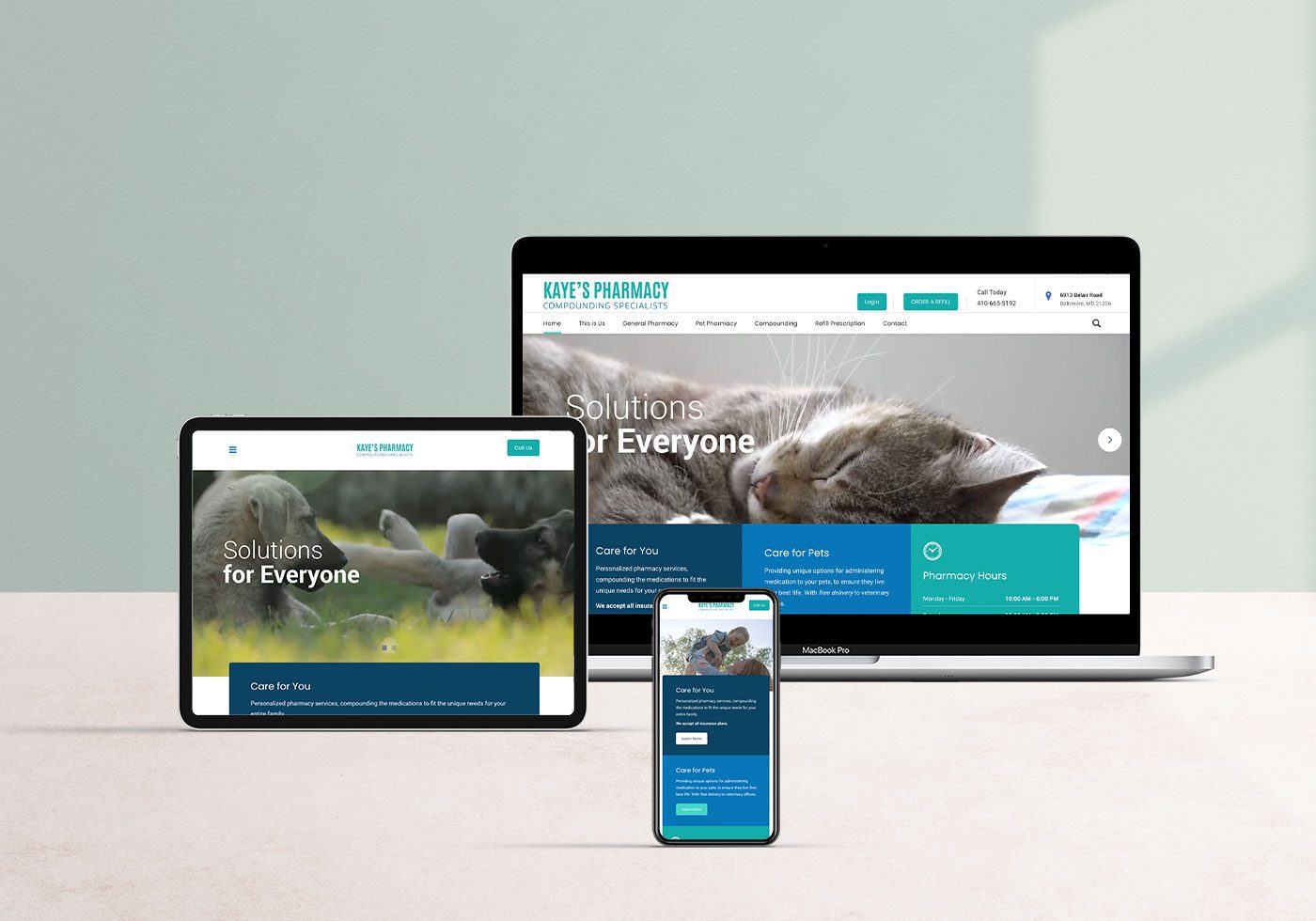Effective web development is about more than just creating a visually appealing site—it’s about building a platform that performs seamlessly and turns visitors into customers. The Ultimate Guide to Effective Web Development Conversion details strategies to boost website performance and drive user conversions. Whether you’re launching a new project or refining an existing one, understanding how design, functionality, and user experience intersect is crucial for maximizing results. By aligning these elements with your business goals, you can create a website that not only attracts users but also converts them into valuable leads or sales.
The Role of Web Development in Driving Conversions
Web development plays a critical role in shaping how users interact with your site and whether they take action. It’s not just about getting the website to work; it’s about crafting an experience that leads visitors toward conversion. Several key factors drive conversion, including speed, functionality, and user engagement.
To start, page load speed directly impacts user retention. Studies show that a slow-loading page can cause users to abandon the site, leading to a loss in potential conversions. Web development teams can optimize page speed by compressing images, reducing server response time, and minimizing code bloat.
In addition to speed, mobile responsiveness is vital for increasing conversion rates. More than half of today’s web traffic comes from mobile devices, so if your site isn’t optimized for mobile use, you risk losing a large chunk of potential customers. A responsive design adapts to different screen sizes and ensures that the website maintains a consistent experience across all devices.
- Fast-loading pages keep users engaged and reduce bounce rates.
- Mobile-responsive designs ensure a seamless experience for all visitors.
- User-friendly layouts guide visitors toward desired actions easily.
- Clear navigation reduces friction and improves the overall user experience.
- Compelling calls-to-action (CTAs) prompt users to take immediate steps, increasing conversion opportunities.
By focusing on these aspects, web developers create an environment where visitors can effortlessly engage with content and follow conversion paths.
Understanding User Experience Design in Web Development
User experience (UX) design is the cornerstone of any successful web development strategy. A well-designed website makes it easy for users to navigate and find the information they need without hassle. Good UX reduces friction points and encourages users to stay on the site longer, which increases the likelihood of conversion.
Clear navigation and strategically placed CTAs are vital components of UX design. They guide users through the site without causing confusion or frustration. For example, a confusing layout or hard-to-find buttons may frustrate users, driving them away instead of leading them toward conversion.
Moreover, consistent design elements—such as color schemes, fonts, and button styles—foster a cohesive experience. Consistency reassures users that they’re in the right place and makes the entire journey feel seamless.
- Consistent design elements make the site feel professional and trustworthy.
- Intuitive navigation improves the ease of use and keeps users engaged.
- Effective CTAs drive users to perform specific actions, such as making a purchase or signing up for a service.
- Minimalist design reduces distractions and keeps users focused on the core message.
- Streamlined content layout ensures users can quickly find what they’re looking for.
This attention to user behavior helps businesses create a smoother experience, ensuring that users are more likely to convert.
Conversion Optimization Through A/B Testing and Analytics
After the website goes live, the work doesn’t stop. Regular testing and optimization are crucial for increasing conversion rates over time. One effective technique for ongoing optimization is A/B testing. In A/B testing, developers test two different versions of a webpage or element (such as a button) to see which performs better.
For example, changing the color of a CTA button or moving it to a more prominent location can improve user interaction. Developers can use tools like Google Optimize to run these tests and measure the impact of each change.
In addition to A/B testing, it’s essential to monitor analytics. Analytics platforms, such as Google Analytics, track user behavior, including how long they stay on the site and which pages they visit. These insights help identify potential bottlenecks in the user journey.
- A/B testing allows developers to fine-tune elements for maximum impact.
- Analytics tools provide data-driven insights for informed decision-making.
- Conversion funnels highlight where users drop off, helping identify problem areas.
- Page views and session duration reveal which content resonates most with visitors.
- User behavior tracking offers deeper insights into how visitors interact with the site.
Through A/B testing and analytics, web developers can continuously improve site performance and boost conversion rates.
The Importance of Content Management Systems in Web Development
A flexible content management system (CMS) is essential for maintaining an up-to-date website. A good CMS makes it easy to update content, ensuring the site remains fresh and relevant to users. This ease of management allows businesses to publish new material regularly, keeping the audience engaged and improving SEO performance.
A well-built CMS also integrates with third-party tools, enhancing the site’s functionality. For example, marketing automation platforms and email marketing systems can be seamlessly added to improve user engagement and personalization.
- User-friendly CMS allows for easy updates without the need for technical expertise.
- Third-party integrations extend the functionality of the website.
- Regular content updates keep the site fresh and improve search engine rankings.
- Automation tools streamline marketing efforts and provide more personalized user experiences.
- CMS scalability ensures the platform can grow with the business.
Web developers should choose a CMS that meets the business’s needs and allows for easy modifications without slowing down site performance.
Building Trust with Security and Performance Optimization
Trust is a crucial element of any high-converting website. Visitors need to feel secure when interacting with your site, especially if they are providing personal information or making purchases. Web developers can enhance trust by implementing solid security measures, such as SSL certificates and encrypted payment gateways.
Beyond security, performance optimization also plays a significant role in building trust. Websites that load quickly and perform well across all devices create a positive impression and encourage users to stay longer. Regular performance checks and updates ensure the site continues running smoothly even as traffic grows.
- SSL certificates protect user data and improve trustworthiness.
- Encrypted payment systems ensure transactions are secure.
- Fast-loading pages provide a smooth user experience.
- Server maintenance keeps the site running efficiently, even during traffic spikes.
- Routine performance checks identify and fix potential issues before they impact users.
Focusing on security and performance optimization shows users that their experience is a priority, which builds trust and encourages conversions.
The Significance of Visual Design and Branding
A website’s visual design plays a significant role in its ability to convert visitors. While the functionality is important, the aesthetic appeal can’t be overlooked. First impressions matter, and users often make snap judgments about a site based on how it looks.
Consistency in branding, from the color palette to font choices, creates a cohesive identity that users recognize and trust. High-quality visuals, videos, and other multimedia content also help capture attention and communicate professionalism.
- Consistent branding reinforces trust and recognition across all touchpoints.
- High-quality visuals enhance the user experience and increase engagement.
- Clear visual hierarchy ensures the most important elements stand out.
- Well-designed multimedia content enriches the storytelling experience.
- Readable font choices and well-spaced text make the content more accessible.
By combining strong branding with a user-friendly visual design, businesses can enhance their website’s appeal and create more conversion opportunities.
Putting It All Together for Maximum Conversions
Effective web development goes beyond creating a website. It’s about developing a platform that seamlessly guides users toward conversion. By focusing on user experience, performance optimization, and ongoing testing, businesses can maximize their website’s potential.
Silesky Marketing understands how to blend design, functionality, and user engagement to create websites that not only attract traffic but also convert it into results. With the right strategies, your website can become a powerful tool for growth.



